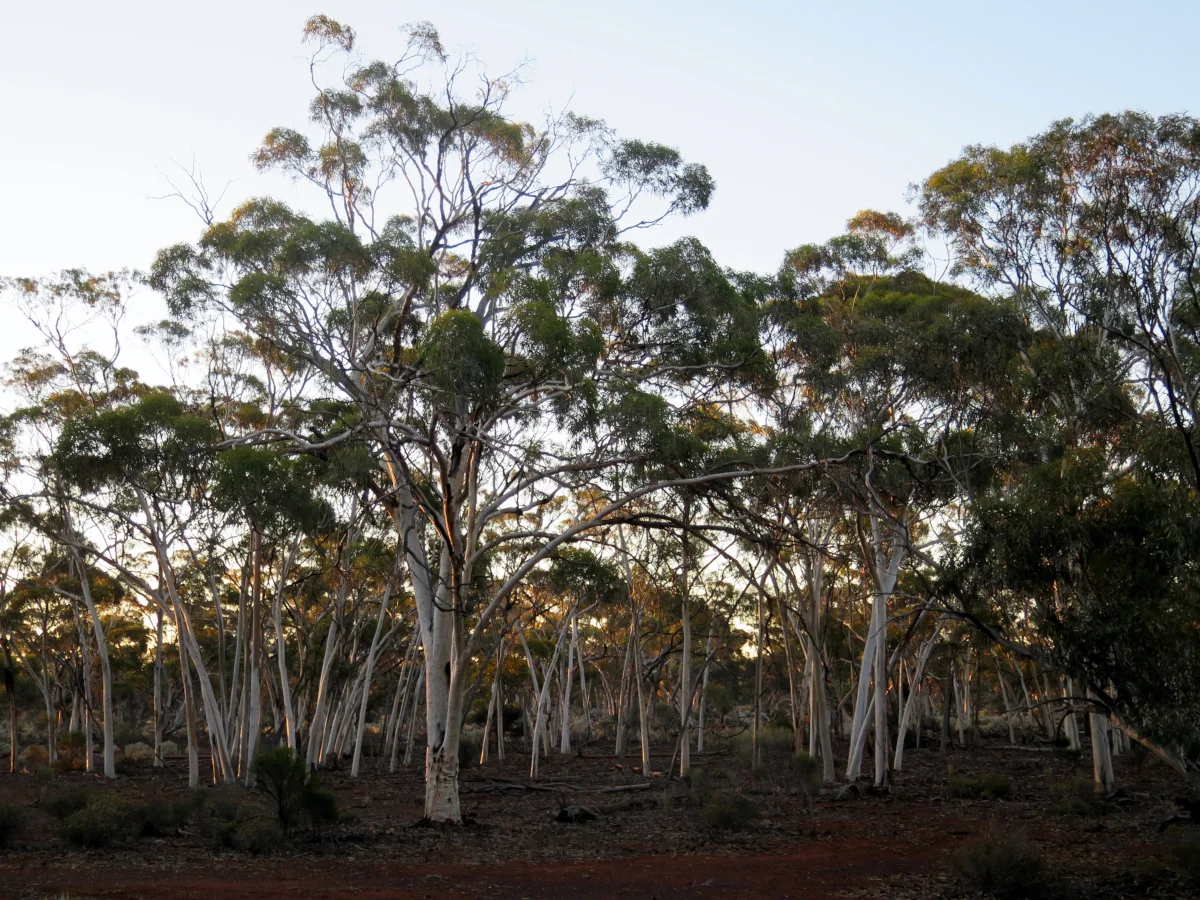The Motutapu Restoration Trust, in partnership with the New Zealand Department of Conservation and a range of other stakeholders, has conducted ecological restoration on Te Motu Tapu a Taikehu (Motutapu Island, 1509 ha) for 23 years. The island, located in the Hauraki Gulf Marine Park on the north of New Zealand's North Island, lies immediately adjacent to Rangitoto Island which is a volcano that last erupted approximately 500-550 years ago. The native ecosystems that subsequently recovered from this eruption on Motutapu then suffered anthropogenic disturbances including loss through fire, clearing for farming and the introduction of mammalian predators that exterminated many species of native bird, reptile and plants. Prior to restoration started in 1994, Motutapu was almost entirely covered by pastoral grassland dominated by exotic species, except for a few, very small forest remnants, and a depauperate native faunal communities.
The objective is to return the Island forest and wetland ecosystems to a post-eruption state, with a goal of reaching 500 ha of restored lowland mixed broadleaf/podocarp forest and wetland over coming decades - with its component suite of seabirds, waders, forest birds, reptiles, bats and invertebrates.
To date, in excess of 100 ha of pasture has been converted to pioneer forest representing an estimated 450,000+ trees planted. Volunteer hours totalled 21,462 between 2005 and 2015, and is currently in excess of 3,200 hours annually. In addition, a suite of mammalian predators that once inhabited the Island have been eradicated by the Department of Conservation. These included: rats (Rattus rattus, R. norvegicus, R. exulans); House Mouse (Mus musculus); Stoat (Mustela erminea); feral Cat (Felis catus); Hedgehog (Erinaceus europaeus occidentalis) and the European Rabbit (Oryctolagus cuniculus). The declaration in 2011 of pest-free status of the Island led to the subsequent re-introductions of birds and aquatic taxa including: Coromandel Brown Kiwi (Apteryx mantelli); Takahe (Porphyrio hochstetteri); Tieke (Philesturnus rufusater); Shore Plover (Thinornis novaeseelandiae); Whitehead (Mohoua albicilla); Pateke (Anas chlorotis); Redfin bully (Gobiomorphus huttoni); and Koura (Paranephrops planifrons).
Surveys have found that many of the reintroduced bird species are reproducing on the island and the populations are growing without human intervention. Others that have self-introduced or are now detectible include: Kakariki (Cyanoramphus novaezelandiae ), Bellbird (Anthornis melanura), Spotless Crake (Porzana tabuensis), Little Blue Penguin (Eudyptula minor), Banded Rail (Gallirallus phillipensis) and Grey-faced Storm Petrel (Pterodroma macroptera gouldi). Population and range expansions have occurred of the four native gecko species found on the Island including: Common Gecko (Woodworthia maculatus); Suter's Skink (Oligosoma suteri); Copper Skink (Cyclodina aeneum), and Moko Skink (Oligosoma moco). The native Giant Kokopu (Galaxius argenteus) fish has now also been detected.
Recent arrivals of North Island brown kiwi bring the total to 26, closer to the target of 40 required for a founder population. Photo: MRT
Further releases of takahe will bring the breeding pairs to a total of 20, the largest total outside Fiordland. Photo: MRT
For a more detailed report see:the-ecological-restoration-of-te-motu-tapu-a-taikehu-hauraki-gulf-new-zealand
Contact details for this case study:
Liz Brooks, Manager, Motutapu Restoration Trust, Newmarket, Auckland 1149, New Zealand.
Tel: +64 9 455 9634; PO Box 99 827
Email: liz@motutapu.org.nz
www.thresholdenvironmental.com




